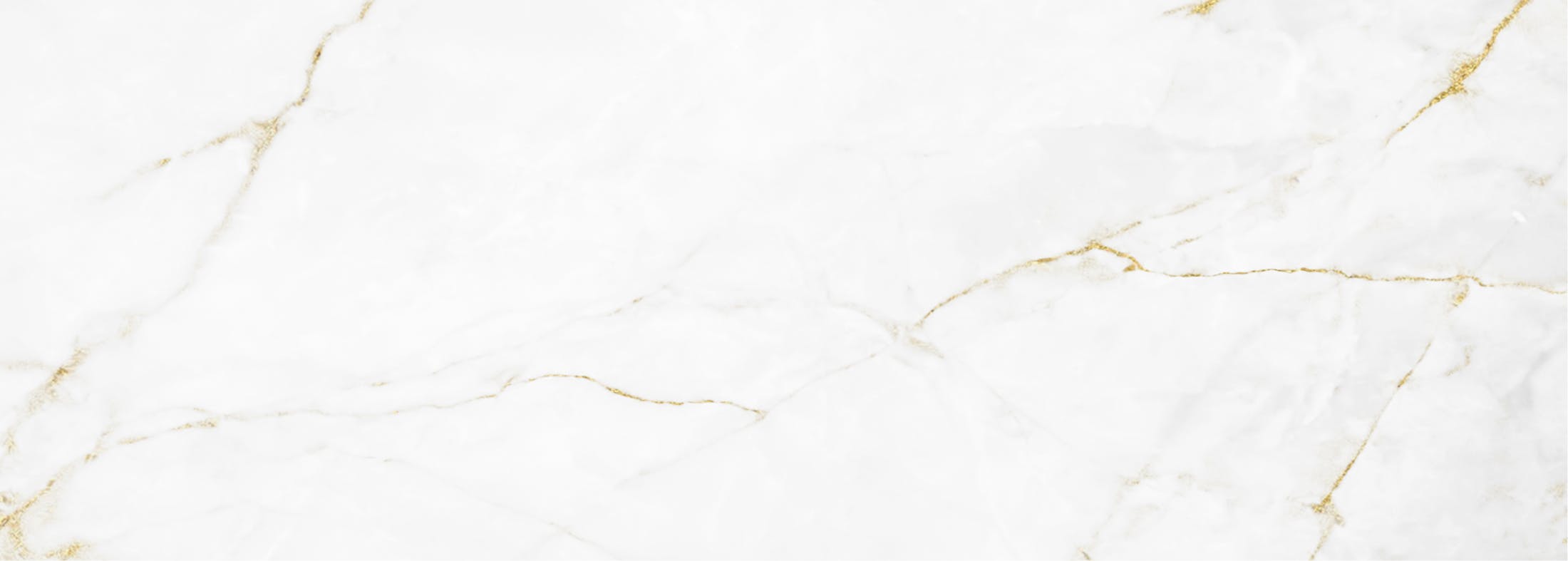After Rhinoplasty: Post-Op Info You Should Know
After the Rhinoplasty Procedure
Recovering from a rhinoplasty requires an ample amount of healing time and patience. Carefully following your doctor’s postoperative instructions is crucial to the outcome of your procedure and your satisfaction with the results. Learn what to expect after your rhinoplasty and the steps you can take to ensure a healthy recovery.
Immediately after the rhinoplasty procedure, a small splint will be placed on your nose. You mustn't attempt to move the splint or bandaging around your nose; your doctor will remove it one to two weeks post-op. You can expect your face to feel puffy, bruising, and swelling around your nose, which we can reduce by applying a cold compress to the area.
You may experience mild nausea and vomiting during the first day after your rhinoplasty. However, you should alert your doctor as soon as possible if your nausea and vomiting are severe or you cannot keep liquids down. Your doctor may prescribe a medication to alleviate any of these symptoms.
Nasal congestion is another common side effect, and you can expect nasal blockage while you recover. While you should not blow your nose for at least one week after the procedure, you can use a saline nose spray to make you feel more comfortable. Three to four sprays for each nostril several times daily is generally sufficient.
Can I Take Pain Killers After Rhinoplasty?
Most patients experience mild-to-moderate discomfort following rhinoplasty. You can alleviate this by taking pain medications prescribed by your doctor, such as acetaminophen or extra strength Tylenol.
You should not take any medications that contain ibuprofen, including:
- Advil
- Motrin
- Midol
These products can increase your risk of bleeding.
Homeopathic preparations such as Arnica montana can have side effects that interfere with healing. Do not use them unless approved explicitly by your doctor or their staff.
When Can I Get My Nose Wet After Rhinoplasty?
You can clean the inside of your nose with a cotton swab soaked in a solution containing water and hydrogen peroxide. Additionally, we will provide you with an antibiotic prescription antibacterial ointment that you can apply with a cotton swab up to three times daily.
You can start washing the outside of your nose after seven to ten days once the splint covering the surgery area has been removed. At two weeks post-op, all dressings are removed, and you may wash your face as usual.
It is imperative to keep the splint dry at all times. You can shower the day after your surgery, but you must avoid getting your nose and packing/splint wet. Take care when rinsing your hair, and use a washcloth to cleanse and rinse your face. Additionally, use warm water instead of hot, as steam will likely increase swelling.
Restricted Activities After Rhinoplasty
Keeping your upper body elevated is essential after your procedure. You should sleep on your back while remaining elevated thirty to forty degrees for at least two weeks following your rhinoplasty. Doing so avoids placing unnecessary pressure on your nose and helps swelling dissipate quicker. Sleeping on a recliner is ideal for the first day or two after surgery because it puts your body in the proper position while you recover. To avoid bumping your nose while asleep, consider sleeping alone for up to two weeks after your procedure.
While you may wear glasses while wearing your nose splint, you should not rest glasses on your nose for at least four weeks after the splint has been removed. Doing so places pressure on your nose and may alter the appearance of your reconstruction. Your doctor will demonstrate techniques that you can use to wear your glasses off the bridge of your nose. Additionally, you can wear contact lenses the day after your surgery.
You should avoid strenuous activities for up to three weeks following rhinoplasty. You should also avoid lifting or picking up anything weighing more than ten pounds, including children. Sun exposure should be avoided for several months after your rhinoplasty, as frequent exposure to the sun may cause the skin on your nose to become discolored.
Diet After Rhinoplasty
After surgery, you can start with:
- Broths
- Clear liquids
- Soft, bland foods
Gradually progress to other foods when you feel ready. After resuming your regular diet, you focus on eating foods rich in protein and fiber, which will help your recovery.
Avoiding the following will reduce the risk of a prolonged recovery period:
- Drinking alcohol
- Drinking caffeinated beverages
- Smoking
Resume regular activity slowly and avoid pushing too hard too soon. Generally, most patients can return to work after two weeks, depending on the type of work.
If you are comfortable being seen with minor bruising and swelling, you may be able to return to a desk job within five to ten days, though you might sound congested on the phone. If you work from home, you may feel comfortable doing light tasks in as little as two days post-surgery.
However, if your job requires physical activity, wait two weeks and remain on a limited schedule at work for up to four weeks. Additionally, if your job is associated with your physical appearance, schedule surgery three months before you must be camera-ready. You can return to social engagements within two to three weeks, when you can apply makeup to cover residual bruising.
Choose Dr. Corrado For the Best In Rhinoplasty Post-Op Care
Dr. Corrado has solely focused on cosmetic surgery of the nose and face. He is double board-certified in Facial Plastic Surgery and Otolaryngology (Ear, Nose, and Throat Surgery), giving him great skill and expertise in performing cosmetic and functional nasal surgery.
Dr. Corrado has trained with leaders in the rhinoplasty surgery field in Newport Beach and Beverly Hills, CA. His practice philosophy hinges on patient safety and natural results, and he is dedicated to providing his patients with the best rhinoplasty results and care.

